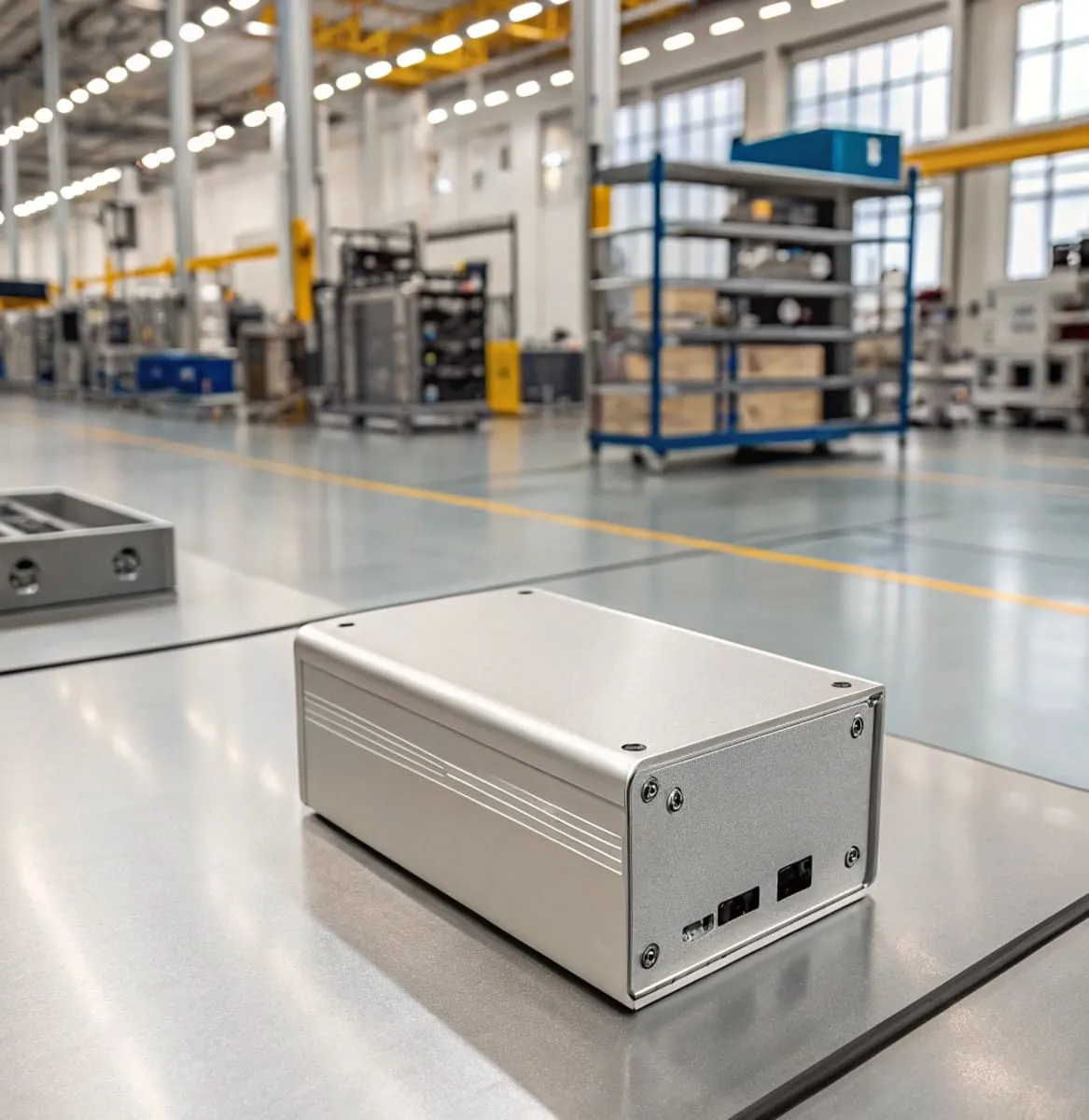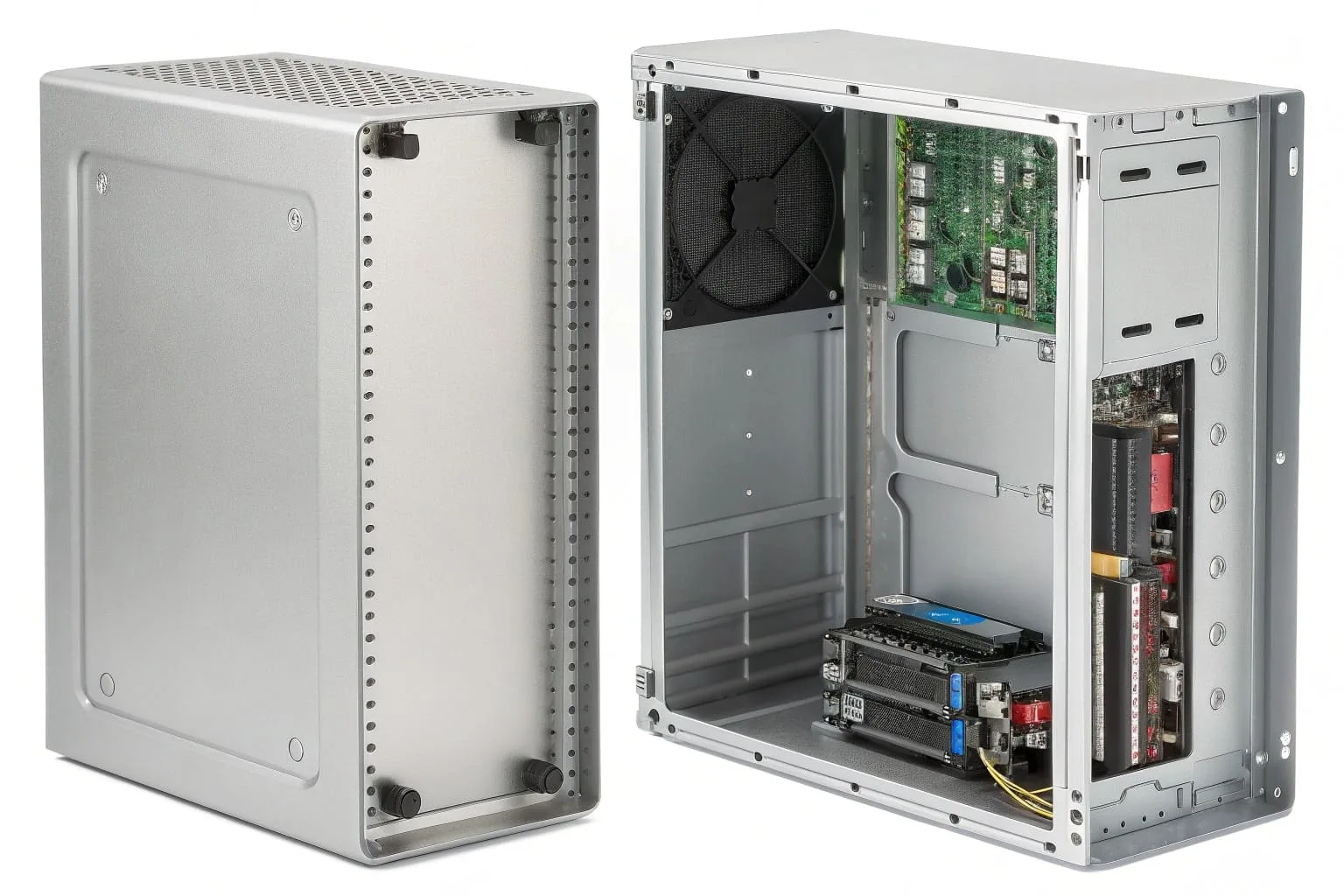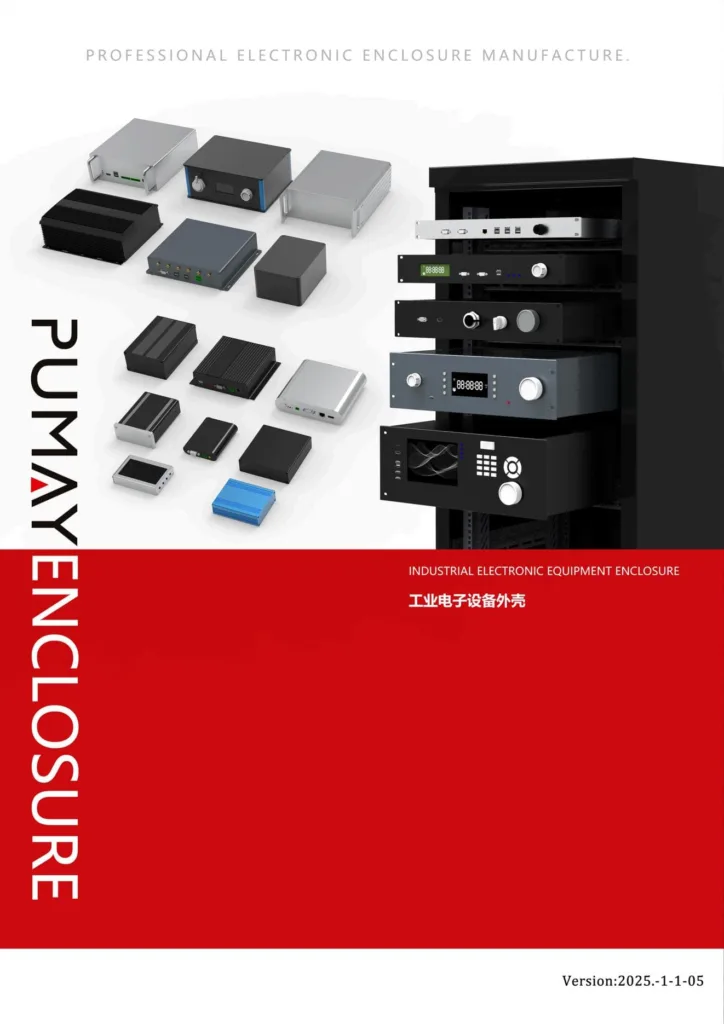Industrial equipment needs durable protection. Many companies waste money on steel or plastic enclosures that fail prematurely. Could aluminum be the cost-saving solution?
Custom aluminum enclosures1 reduce costs through lower material weight (cutting shipping expenses), integrated thermal management (eliminating extra cooling parts), and long-term corrosion resistance (avoiding frequent replacements). Their machining-friendly properties also speed up production.
%[industrial aluminum enclosure example]( "Aluminum enclosure on factory floor")
"Aluminum enclosure on factory floor")
Unlike bulky steel boxes or fragile plastic cases, aluminum combines strength with smart economics. Here's how they save money across industrial applications.
What Are Three Major Benefits of Using Aluminum for Structural Applications?
Aluminum seems weaker than steel at first glance. Yet industries from aerospace to robotics rely on it for critical structures. Why?
Aluminum offers high strength-to-weight ratio2 (lighter than steel), natural corrosion resistance3 (no rust), and excellent thermal conductivity (dissipates heat). These cut costs in transport, maintenance, and cooling systems.
%[aluminum vs steel comparison]( "Weight and corrosion comparison")
"Weight and corrosion comparison")
Cost Savings Breakdown:
| Benefit | Cost Impact | Example |
|---|---|---|
| Lightweight | 40% lower shipping costs | Forklift battery enclosures |
| No Rust | Zero painting/maintenance | Chemical plant control boxes |
| Heat Dissipation | 30% smaller cooling units | Motor drive cabinets |
Last quarter, a client saved $8,000 annually by switching from stainless steel to aluminum for their coastal monitoring equipment—saltwater corrosion became a non-issue.
What Is Aluminum Enclosure?
The term gets used broadly, but not all metal boxes qualify as true aluminum enclosures. What defines them?
Aluminum enclosures are protective housings made primarily from aluminum alloys (6061, 5052, etc.), featuring machined or extruded structures with mounting points, cable entries, and often IP-rated seals for dust/water protection.
%[cutaway view of aluminum enclosure](![] "Internal structure of industrial enclosure")
"Internal structure of industrial enclosure")
Key Components:
- Body: Extruded profiles or folded sheets
- Access Points: Hinged doors/latches
- Sealing: Silicone gaskets in machined grooves
- Finish: Anodized/powder-coated surfaces
We recently designed a modular system where clients snap together pre-drilled extrusions like Lego—reducing assembly labor by 75%.
Why Is Aluminum Not Commonly Used for Structural Applications?
Despite its benefits, aluminum isn't always the first choice for load-bearing structures. When does it fail the test?
Aluminum's lower stiffness (vs steel) causes excessive deflection in long spans, while its higher cost per pound limits use in budget projects. Welding also requires more skill to avoid weakening joints.
%[aluminum structural limitations]( "Bridge construction materials comparison")
"Bridge construction materials comparison")
Workarounds Engineers Use:
- Stiffening: Adding ribs/struts (common in aircraft)
- Hybrid Designs: Steel frames with aluminum panels
- Alloy Selection: 7000-series for high-stress points
For a warehouse robot project, we combined 1/8" thick steel mounting plates with aluminum side panels—achieving both rigidity and 60% weight reduction versus full steel.
Conclusion
Aluminum enclosures cut costs where weight, corrosion, or heat matter most. While unsuitable for some structural uses, smart design maximizes their economic advantages. Ready to optimize your enclosures?
Explore how aluminum enclosures can enhance durability and reduce costs in various industrial settings. ↩
Understanding this ratio can help you choose materials that optimize performance and cost in engineering projects. ↩
Learn about the advantages of corrosion-resistant materials and how they can save you money in maintenance and replacements. ↩





